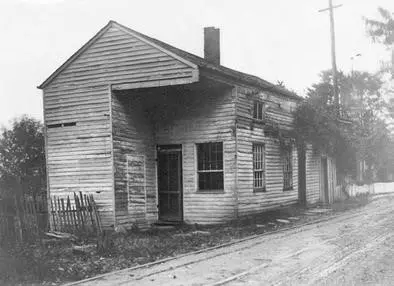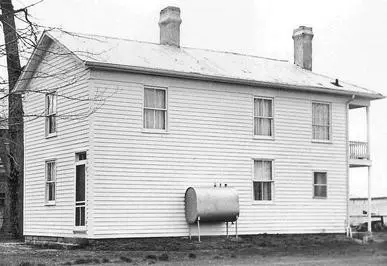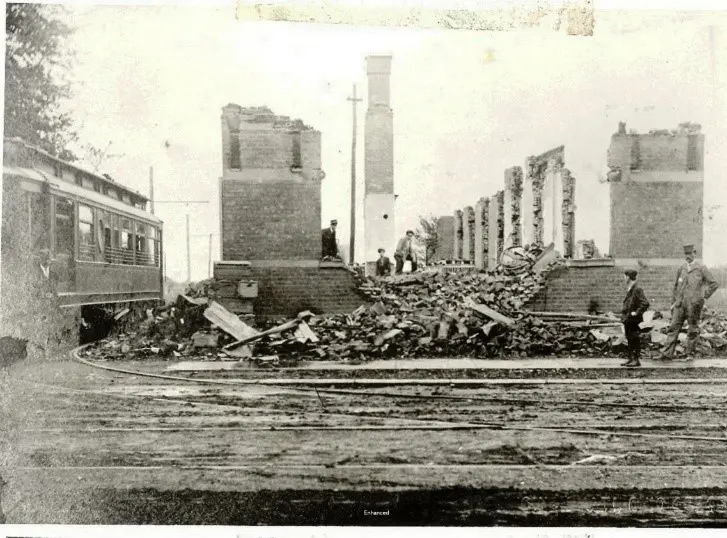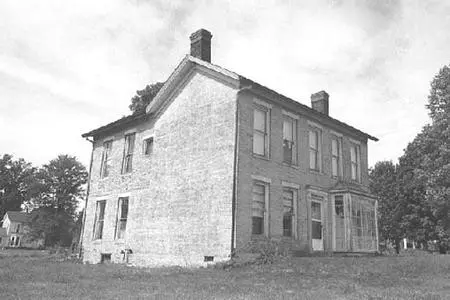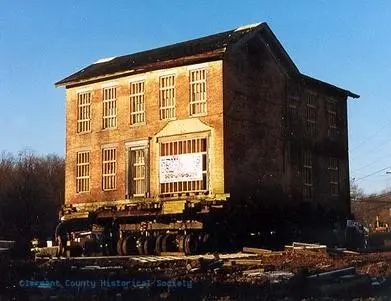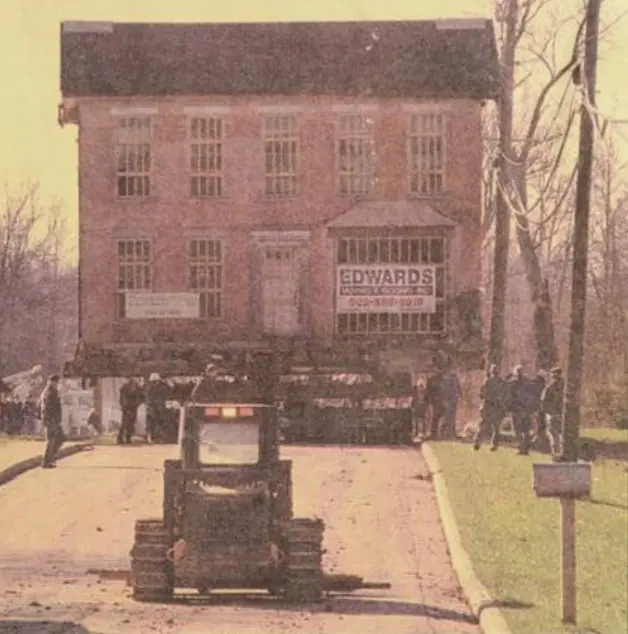Village of Amelia
The first settlers in the area that is now known as Amelia were predominantly from New England, although the first settler is thought to be an Irishman, Daniel Kirgan (or Kergan), who lived on the western edge of Amelia, in 1809. David Jernigan and John Butler built a sawmill in 1827 (???), and the area which grew up around the mills became known as Milltown, which was soon abbreviated to Milton.[1]
Milton’s (early history is in the context of being part of Ohio Township, which encompassed all of what is now Pierce and Union Townships and parts of Batavia Township. When Batavia Township was formed in 1815, its southern boundary was what is now Main Street (SR 125), and Pierce Township, formed in 1853, was the southern part of Milton. Amelia was never formerly laid out.
Amelia was incorporated as a village in 1900. In November 2019, the residents of Amelia, outraged over the imposition of local income tax, voted to dissolve the village. The village was the most populous in state history to be dissolved (2010 census was 4,801), and the first to ever be divided between two townships, Batavia and Pierce.
In 1831, the Ohio Turnpike Company was incorporated to build a toll road from Cincinnati to Portsmouth, but only 21 ½ miles were ever built, beginning at the Little Miami River in Hamilton County and ending at Bethel. Today this is known as Beechmont Avenue, Ohio Pike, and Ohio SR 125.[2]
In 1836 a post office was established, but not given the name Milton because another post office of that name already existed in Ohio. Instead, the new Post Office was named Amelia, after Amelia Bowdoin, the respected operator of the tollgate on the Ohio Turnpike. Her home still stands today at 94 W. Main St., across the street from its original location, when it served as the tollhouse. Daily mail was supplied by the Cincinnati and Portsmouth Railroad, which had a station there.
In 1878, the Cincinnati, Georgetown & Portsmouth Railroad reached Amelia and was in service until 1935. Its station was at 81 W. Main St. where it crossed the Ohio Turnpike.
In 1903, the Interurban Railway and Terminal Co., IR&T, began operation, running down the middle of Ohio Pike, which continued until 1918. The IR&T was called the “Black Line” due to the dark green color of its cars. There was an IR&T Amelia station. In 1907, the station exploded, only 4 years after its construction, caused by a gaslight company which rented part of the bottom floor.
The oldest house in Amelia is thought to be the Morse House, which stood on the SE corner of Main and Oak streets (present site 44 Oak St.). It was built in the 1850s by Increase Sumner Morse who died here in 1875. Part of the four-bedroom home was used for a store. The building was then bought by James Hicks who used it as an inn. In 1958, the large brick structure was moved to a location about two blocks south on Oak Street, where it stands today, to make room for a drugstore in its original location. Moving the large structure was no simple feat, due to its age and brick construction.[i]


